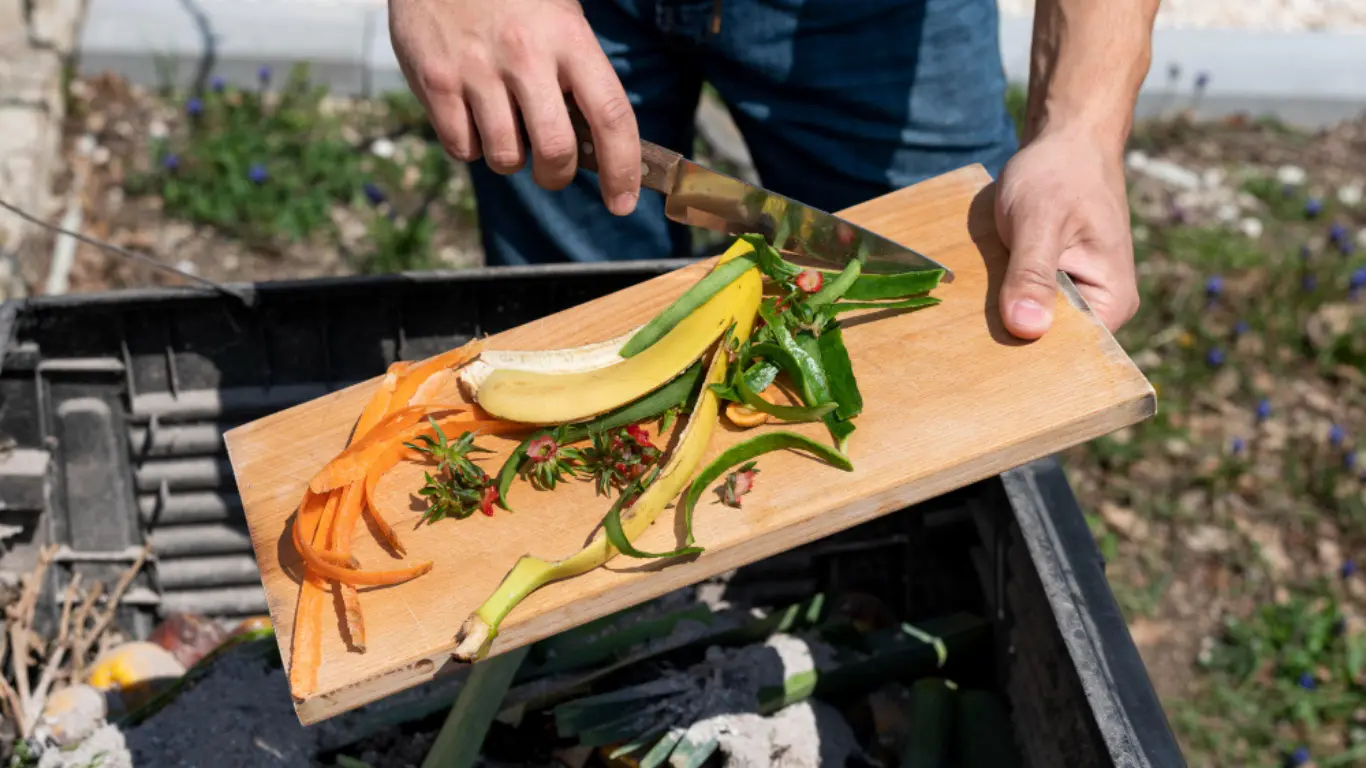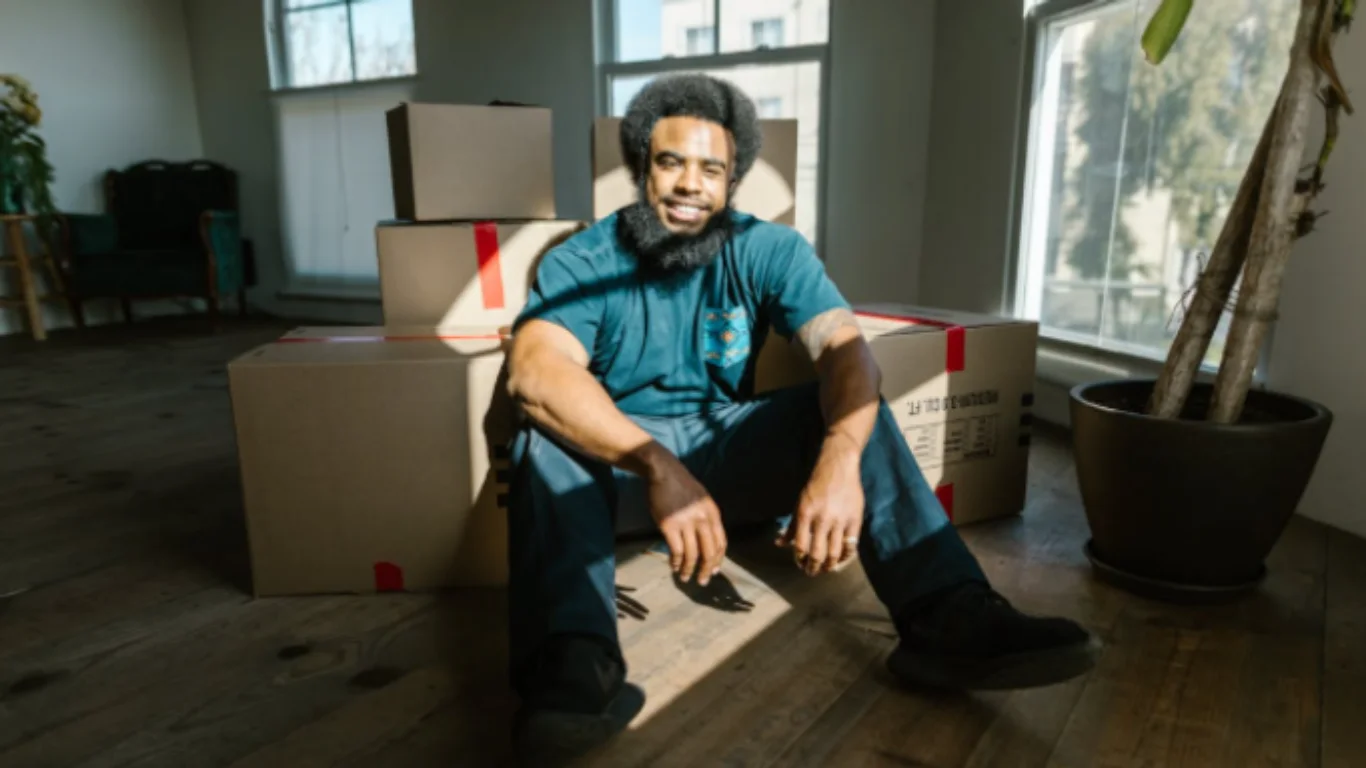In the United States, restaurants and cafes throw away a staggering amount of food every year. Different reports put the figure somewhere between 22 and 33 billion pounds. It’s the kind of number that’s hard to picture, though think of trucks loaded with scraps and leftovers, rolling out day after day toward the same destination.
Most of that food ends up buried in landfills. It breaks down slowly, giving off methane and other gases that hang in the air long after the meal is forgotten. A surprising share of meals, around 17 percent, never even gets eaten before it’s tossed. Only a very small portion makes its way into donations or recycling programs, and the rest simply fades from view.
Many places have been looking for something simpler, something that fits into the rush of a normal day. One idea that has started to stand out is surprisingly ordinary: linking up with local gardeners who are happy to take away those scraps and turn them into compost. It’s not flashy, but over time it can make a real difference.
The Hidden Costs of Food Waste in Restaurants
The amount of restaurant food waste isn’t just another number buried in a report. It’s tied to real things, crates of vegetables, boxes of greens, pallets of ingredients that took money, labor, and time to get through the door.
When those items end up in the trash, all that effort disappears along with them. In most kitchens, this happens so regularly that hardly anyone pauses to think about it.
And the cycle doesn’t stop there. The majority of what gets tossed never serves any other purpose. Research shows that well over 80% goes straight into landfills. A much smaller portion is sent to recycling facilities, and only a very small amount is ever directed toward donation programs.
The environmental cost adds another layer. Organic material buried under other waste produces methane, a greenhouse gas far more destructive to the climate than carbon dioxide. Food that could have been put to use is treated as worthless, and the financial and environmental losses keep building day after day.
Steps to Set Up a Gardener Partnership
Starting a connection with local gardeners does not require a big plan. In many places, it begins with a simple conversation. A visit to a nearby community garden or a chat with a grower at a market can open the door. People who work with soil every day often appreciate steady sources of material, even if it is only a small amount at first.
Once contact is made, details can be sorted out:
- Work out what scraps are most useful. Gardeners often want fruit and vegetable material first. Some may take coffee grounds, others might not, and a quick chat clears that up fast.
- Decide on the timing. A pickup every few days works well for some kitchens, while others prefer once a week. Try one schedule first and adjust it later.
- Settle in containers. Buckets, bins, or even old crates can work, as long as they are easy to carry and clean. Some places even repurpose flour buckets—whatever is handy.
Bins or buckets should sit where kitchen scraps naturally build up. Some teams keep them right beside prep tables, so no one must go far during service. Keeping scraps cool and emptying them often enough to stay fresh keeps the routine smooth.
Adjustments happen over time. A gardener may ask for different materials or change pickup days, and that is normal. It shows the system is alive, not rigid.
Practical Tips for Restaurant Teams
Making compost collection part of a shift becomes easier when small habits are in place. These are the approaches many teams find helpful:
- Keep bins within reach. If they’re tucked away in storage, they won’t be much used. Placing them near the action makes all the difference.
- Use simple reminders. A taped note or a printed list on the lid helps staff know what is inside. Some kitchens even draw quick icons—carrots, leaves, shells—right on the bin.
- Have one person check in closely. A quick glance at a shift lead keeps the next day’s collection clean and ready.
- Share updates during handovers. A short note like “bucket is ready for pickup” helps everyone stay in sync without extra meetings.
- Stick to a pickup routine. Regular days mean no last‑minute scramble to clear space or hunt for a gardener.
- Show progress in the kitchen. A small board with weekly numbers can be motivating. Someone might even add a smiley face when a new record is hit.
Over time, these steps blend into the rhythm of service. Sorting scraps becomes just another movement in the kitchen—no more effort than tying an apron before a shift.
Environmental and Community Payoffs
Once a routine like this takes hold, the effect spreads further than many expect. A bucket of scraps saved from the trash is not just a bucket: its less organic matter buried in a landfill and less methane creeping into the air. Over weeks and months, that kind of change adds up quietly.
Compost made from kitchen scraps builds richer soil. Crops grow stronger on that kind of earth, and gardeners can often cut back on purchased fertilizers. The harvests reflect it, and so do the smiles at local markets.
There is also something local that grows alongside the crops. A garden supported by regular scraps can feed more stalls at a market or supply a small neighborhood program. Restaurants and cafes move from being the only places that serve meals to being part of a local loop that gives back. Staff sometimes visit the gardens out of curiosity. Gardeners sometimes stop by for coffee. People notice those ties forming, even when no one has planned them.
Start Small, Make a Big Difference
Food waste is still a stubborn problem in many kitchens, but patterns can shift without turning operations upside down. A large share of what gets thrown away today still ends up buried, and that is not the only outcome available.
Local gardeners are often ready to work with what kitchens already have—scraps that cost nothing to set aside but can make a real difference once collected. A single partnership, even on a small scale, begins to move things in a better direction. One pickup day, one set of bins, and a few conversations can start something that grows quietly in the background.
In time, those small actions create a steady change, one that reaches beyond the kitchen and deep into the soil itself. And that kind of impact is worth the effort.







